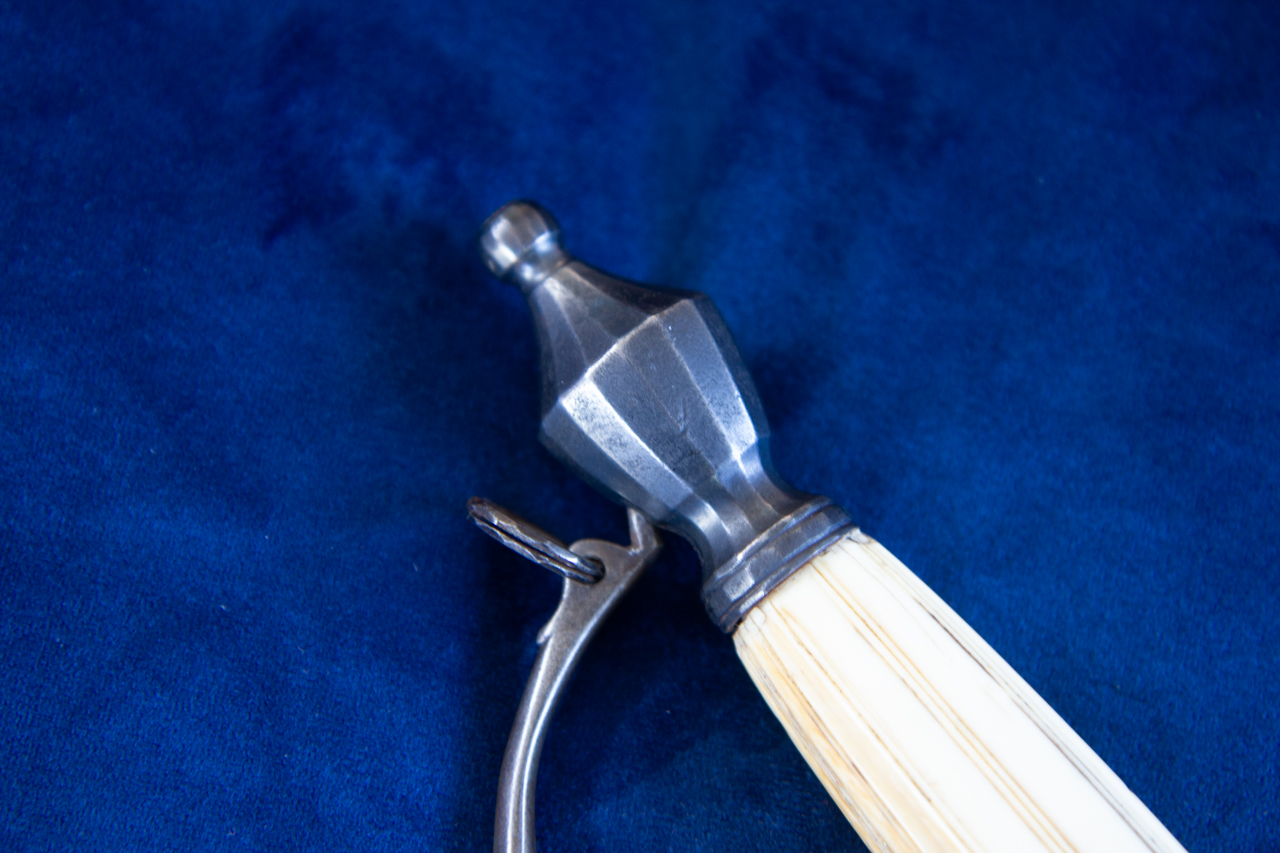Quote:
Originally Posted by urbanspaceman

With regard to the colichemarde grooves, my thinking has been this: according to the various professors of engineering at my local universities, a groove of this type would be more difficult to hand fashion than the typical hollow, so consequently, "why bother". Unless the weight and stiffness of the blade on a colichemarde is improved by the groove, which is possible.
|
Fantastic that you've been able to show and discuss these blades with expert engineers. A lot can be learned from specialists who are "outside our field".
I will add a couple of caveats, though.
- They are looking back in time with the benefit of a better understanding of metallurgy and the technology to measure the impact of changes.
- How familiar are they with the available technology of the time especially as it relates to blacksmithing?
- They are engineers and not blacksmiths. I expect blacksmiths will have a more intimate knowledge of working steel.
When looking at choices made, maybe "because it looks good" is enough to answer the "why bother" question. Look to the different fuller combinations in late 18th-century and early 19th-century sabres. These would also have needed to be pressed out with a die. Also labour was comparatively inexpensive at the time. Take this spadroon hilt for example:

There is no reason for this level of faceting aside from how it looks, even the lanyard ring is faceted. Think of the man hours that took for no practical reason.
Back to the rolled blades, is the fuller even necessary for the manufacturing process? Is it unique to the process or were they imitating a specific look? Making a blade look more expensive to produce as a possible explaination?
Quote:
Originally Posted by urbanspaceman

ps. the blade length of my 'possible 1767 sword' is 34 inches (87cms) which puts it beyond the majority of smallswords by a significant margin including the maximum 1786 pattern of 78cms.
|
That is a very long blade for a smallsword, I'd almost go so far as to say that almost excludes it from being a French sword (French dismounted swords tend to be on the shorter side). In my modest collection of eight smallswords, only one has a 88cm blade and that's a Spanish cup hilt. From speaking with HEMA students, the Spanish smallsword system retained a lot from their rapier styles preferring longer blades and including more cuts than the French system.